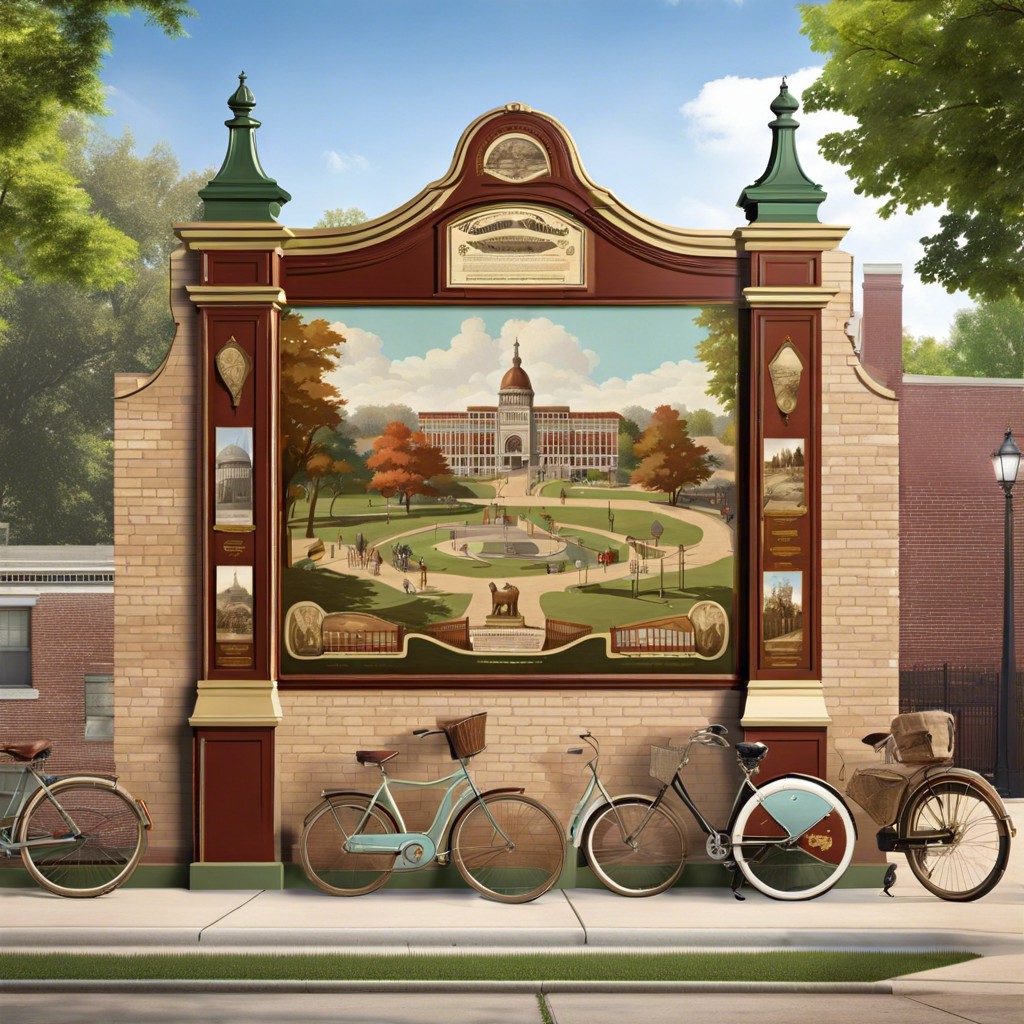Last updated on
Discover how vintage designer items have influenced modern fashion trends and learn how to identify authentic pieces.
Key takeaways:
- Vintage designer items are defined as being more than 20 years old and cherished for their craftsmanship and design.
- Coco Chanel, Christian Dior, and Yves Saint Laurent are iconic vintage designers who revolutionized fashion.
- Authenticating vintage designer items involves examining craftsmanship, materials, logos, and provenance.
- Vintage designer items often appreciate in value, making them a wise financial investment.
- Flea markets, antique stores, online platforms, and vintage fashion communities are great sources for authentic vintage designer pieces.
Defining Vintage Designer
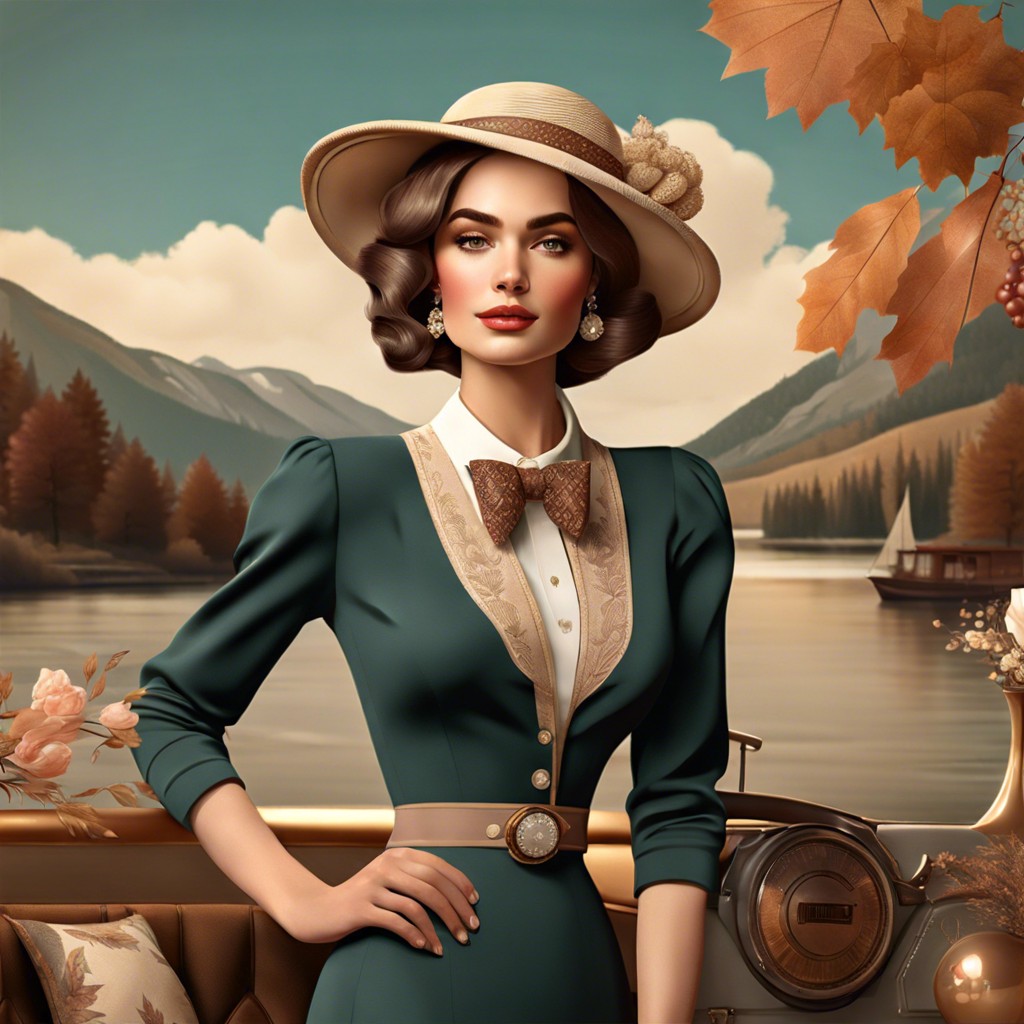
Vintage designer items hark back to the work of prominent designers and their creations from past decades, typically defined as being more than 20 years old. These pieces are cherished for their craftsmanship, design, and the history they embody. Distinguishing a piece as vintage designer includes verifying its age, the exclusivity of its design during its time of production, and its standing today among collectors and fashion experts.
One crucial aspect is the groundbreaking nature of the design when first introduced. Often these pieces featured innovative styles, fabric techniques, or cuts that were ahead of their time or heralded significant shifts in fashion trends.
Additionally, the label and the designer behind it are pivotal in defining a vintage piece. Established designers with a lasting impact on fashion tendancies align most strongly with the vintage designer label. Notable examples include Chanel, Dior, and Yves Saint Laurent.
Understanding these principles aids in appreciating why particular items are classified under the vintage designer category. It’s like uncovering pieces of a style puzzle, each garment a narrative of its era.
Iconic Vintage Designers

Coco Chanel revolutionized women’s fashion with the introduction of the Chanel No. 5 perfume and the timeless Chanel suit, epitomizing elegance and simplicity. Her approach not only changed how women dressed but also how they saw themselves in society.
Christian Dior, famously behind the New Look in the 1940s, brought a fresh breath of glamour and volume to post-war fashion, redefining femininity with cinched waists and full skirts. His designs speak volumes about the era’s culture and class aspirations.
Yves Saint Laurent, a prodigy under Dior, pushed boundaries with his ready-to-wear lines and introduced the tuxedo suit for women, Le Smoking. His innovations continue to influence modern fashion, blending artistry with practicality.
Each of these designers left an indelible mark on fashion, their creations still coveted by collectors and fashion aficionados worldwide. Their legacies teach us about the power of visionary thinking and the impact of design beyond mere aesthetics.
Identifying Authenticity
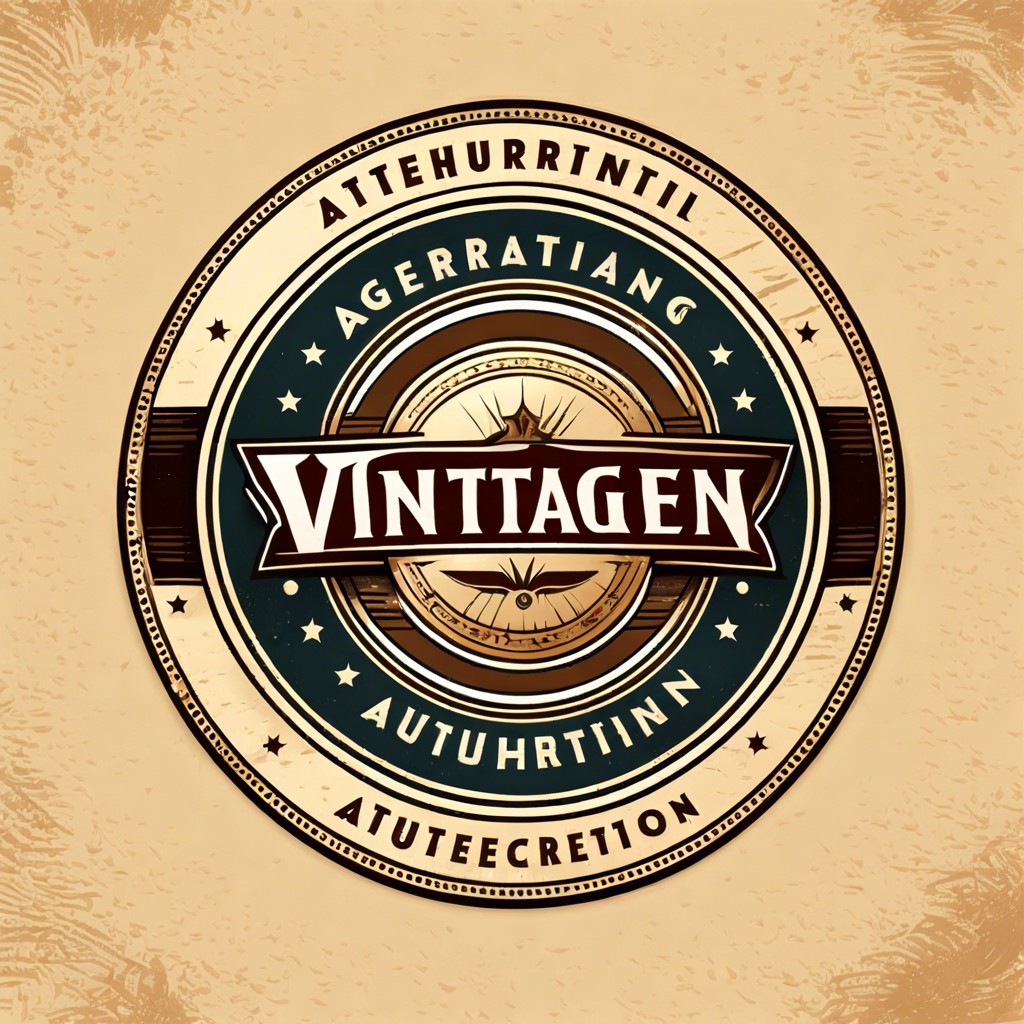
Authenticating a vintage designer item goes beyond just looking for a label. It’s vital to examine the craftsmanship and materials. True vintage pieces are often handcrafted with careful attention to detail, exhibiting stitching, fabric quality, and hardware that are indicative of the era and the designer’s trademark craftsmanship.
Studying the logo is also crucial. Logos on authentic pieces will have consistent quality and placement tailored to the brand’s standards from that period. Compare the logo with verified examples from trusted sources to confirm it matches historical designs.
Research the item’s provenance if possible. Provenance — the history of who owned the item before you — can provide valuable insights and validation of authenticity.
Use reputable sources for comparison shopping and verification. Online archives, established vintage shops, and even visiting museums or exhibitions can give you a clearer understanding of what genuine vintage pieces should look like.
Lastly, sometimes intuition plays a role. If something feels off, it might just be. Trusting your gut while busily cross-referencing details can save you from a costly mistake.
Investment Value of Vintage Designer Items
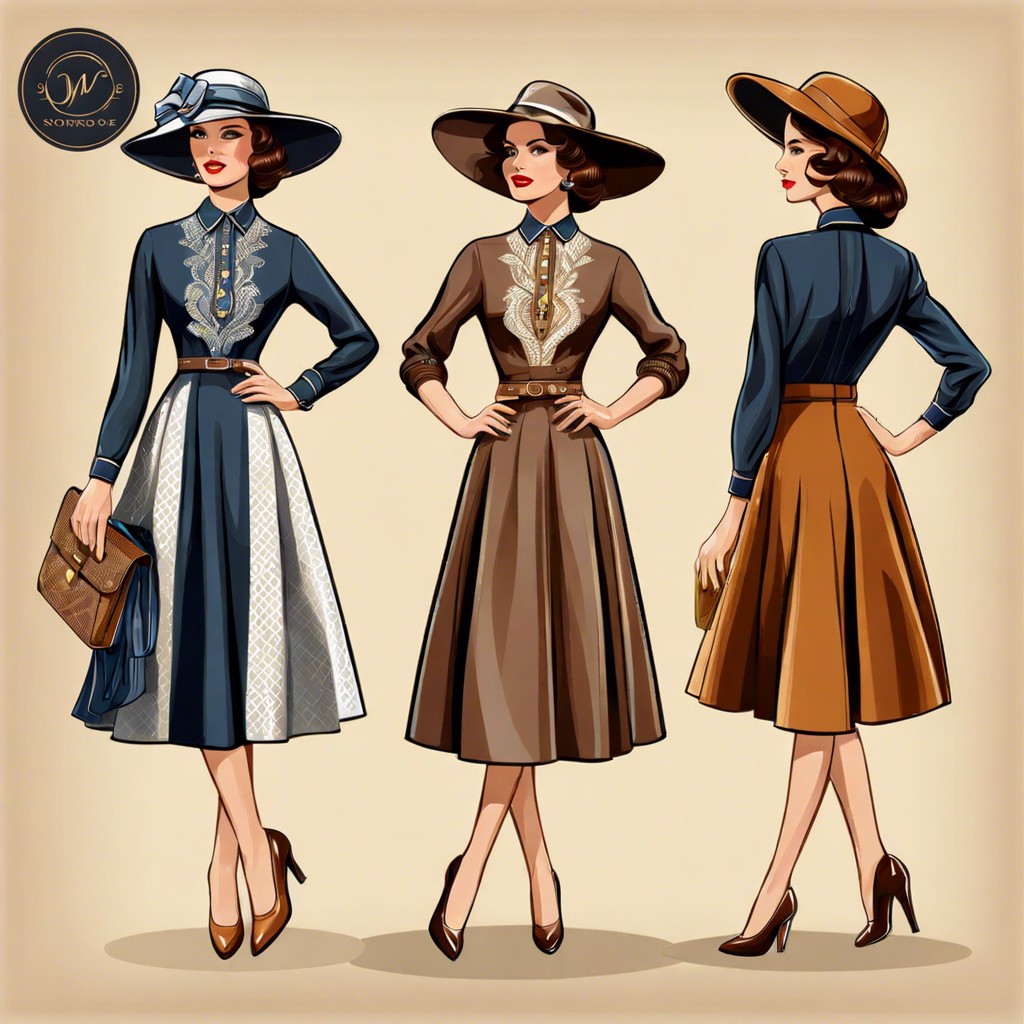
Vintage designer items often appreciate in value, making them not just a fashion statement but a wise financial choice. As limited editions or rare finds disappear from the market, their scarcity can drive up prices significantly. To make the most out of such investments:
- Research is key. Understanding the history and significance of the item can greatly influence its future value.
- Choose quality over quantity. A well-maintained piece from a renowned designer can yield better returns than several lesser items.
- Stay updated on market trends. What’s in vogue can affect an item’s current worth.
- Purchase from reputable sources to avoid counterfeits which can be worthless.
By considering these points, one can potentially secure a valuable asset that grows in worth over time.
Sourcing Authentic Vintage Designer Pieces
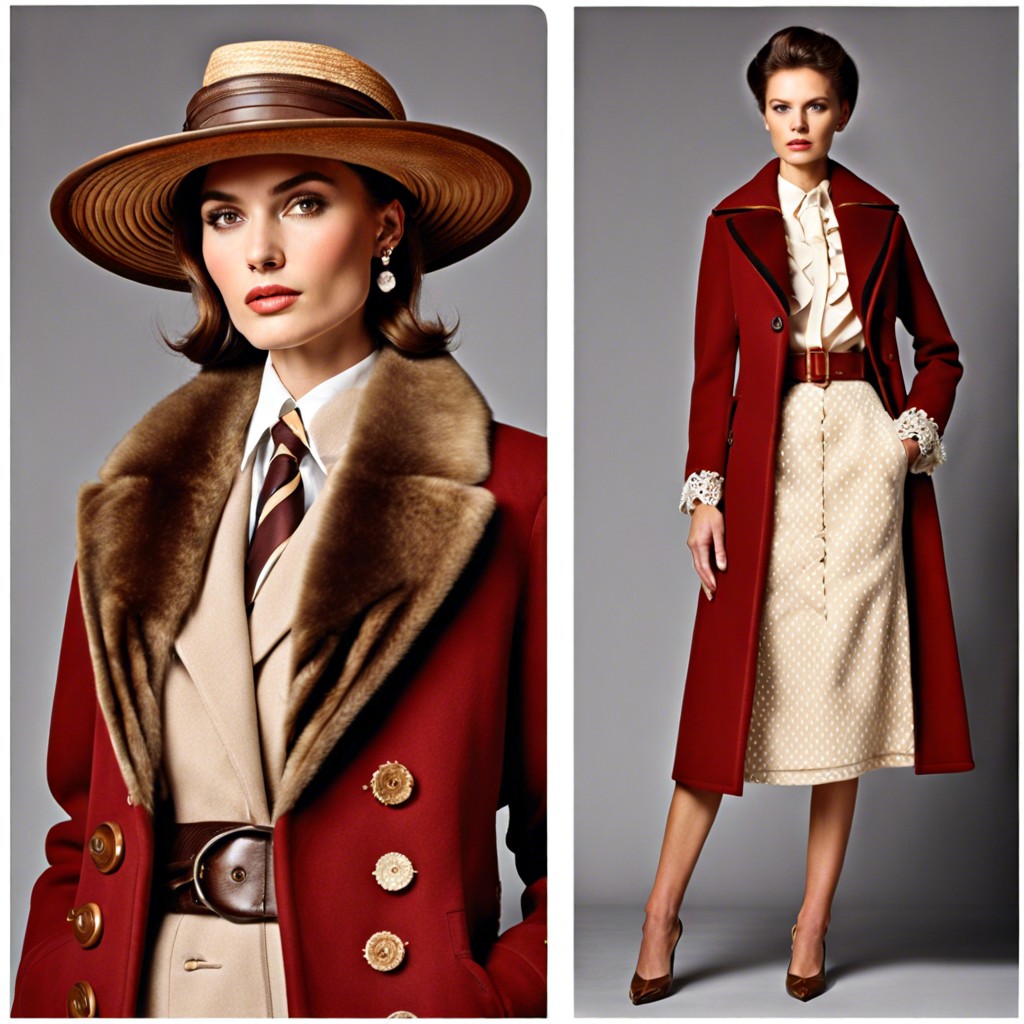
Exploring flea markets, antique stores, and vintage boutiques often yields fruitful results. These places are goldmines for those looking to add authentic vintage designer pieces to their collection. Remember, the early bird catches the worm, so arriving early can give you the first pick of fresh arrivals.
Online platforms are invaluable resources. Websites specialize in pre-owned fashion, and auctions can also offer rare finds. Always check seller reviews and return policies to ensure credibility.
Connect with vintage fashion communities. These groups and forums can provide insider knowledge on where to find specific pieces and upcoming sales.
Storage unit sales and estate sales might not be everyone’s first thought, but can sometimes reveal unexpected treasures abandoned in old collections. Patience is key here, as these require rummaging through a lot of items.
Lastly, maintain relationships with reputable vintage and antique dealers. They can offer personalized suggestions and inform you about new acquisitions before they become available to the broader public.
